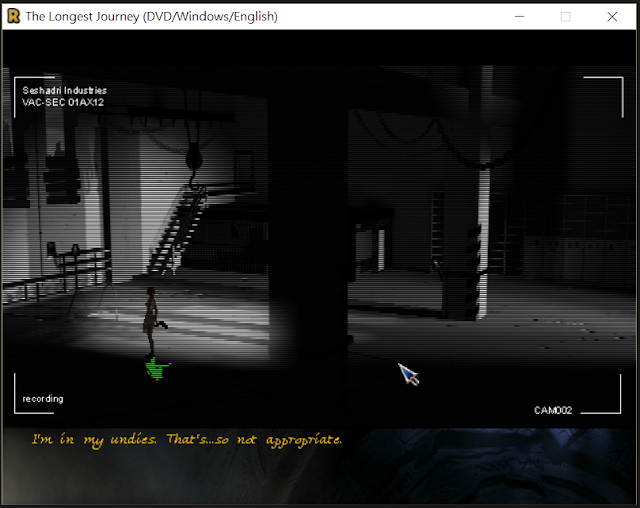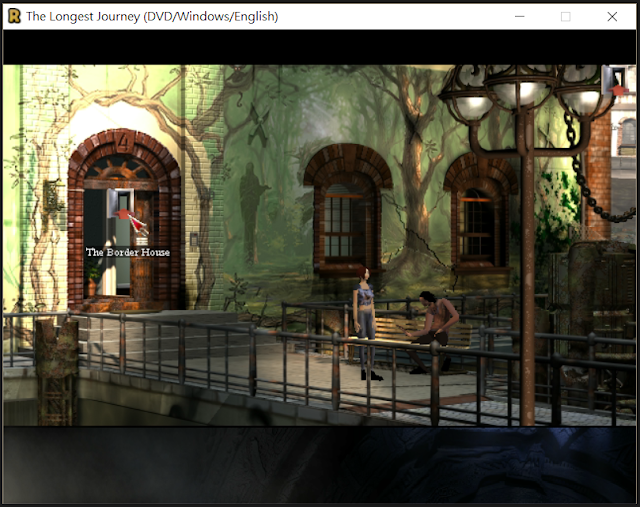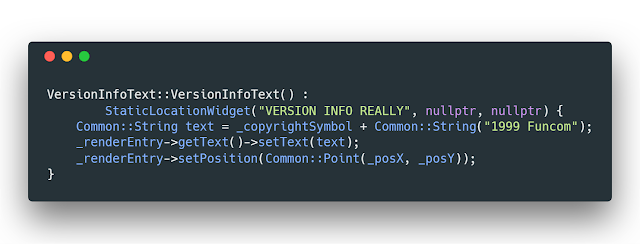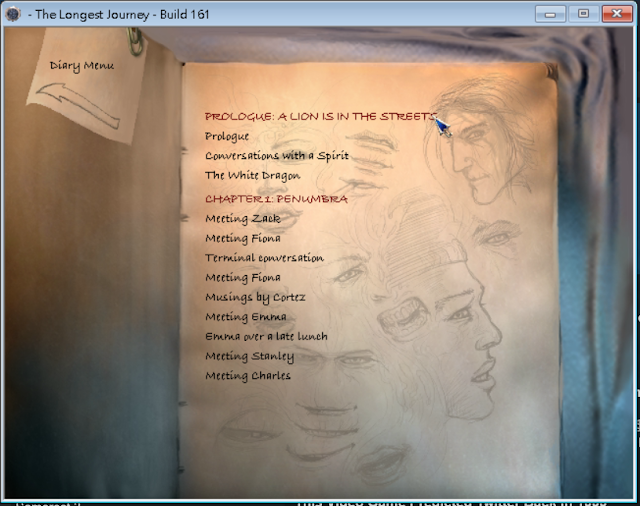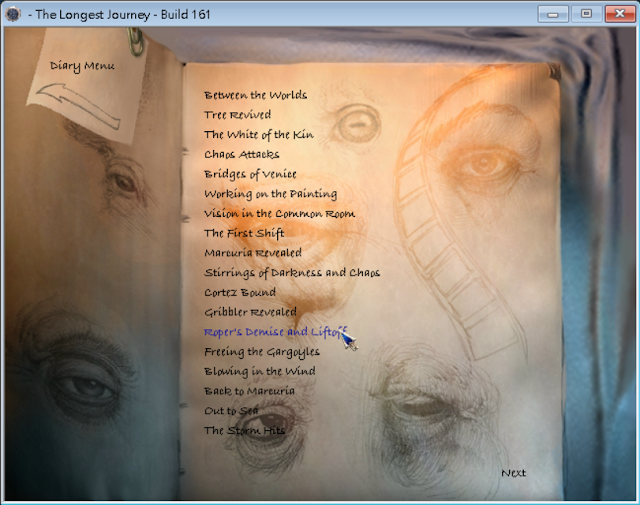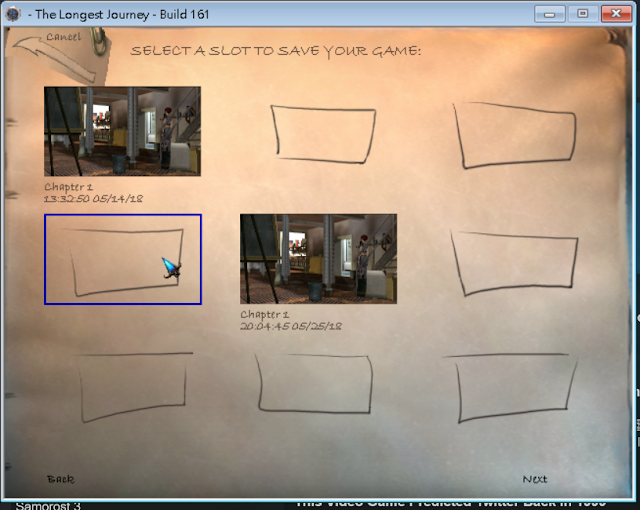ResidualVM: Summary

This is the summary of all the works I have done in Google Summer of Code 2018. Overall Description: Improvement for the Stark engine used in ResidualVM for the support of the game The Longest Journey with two main focuses: menus and characters' shadows. Pull Requests: Below are the main PR created and merged, ordered by the sequence of development. One may click the number of the PR to view it in detail on GitHub, which contains discussions between me and my mentor along the development. #1415 : Implementing the main menu. #1417 : Implementing the settings menu. #1422 : Implementing the save & load menu. #1442 : Implementing the video replay in the Diary menu. #1443 : Implementing the diary pages in the Diary menu. #1450 : Implementing the conversation log in the Diary menu. #1456 : Improving the debug console of the game. #1467 : Implementing the version info text and the Book of Secrets in the main menu. ...
